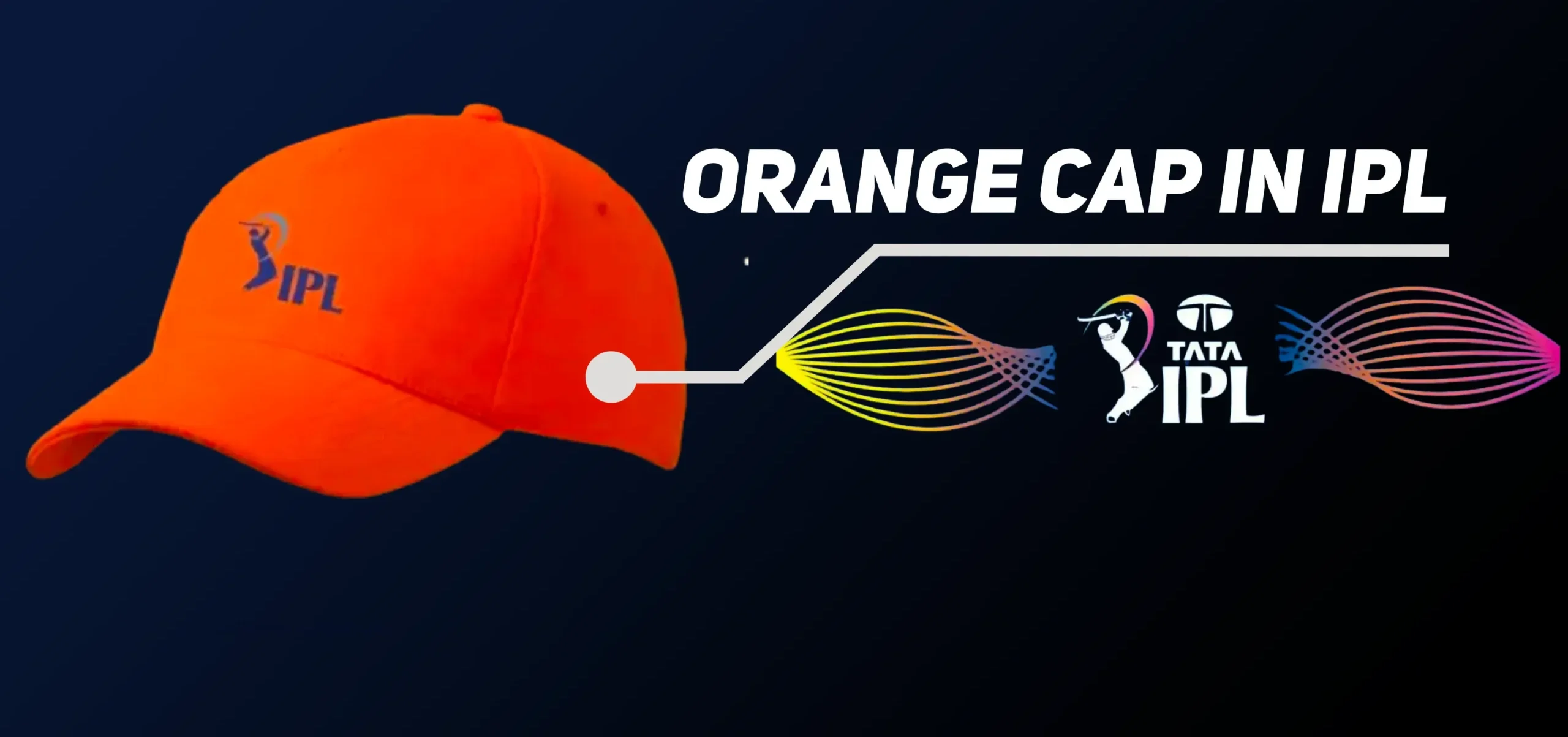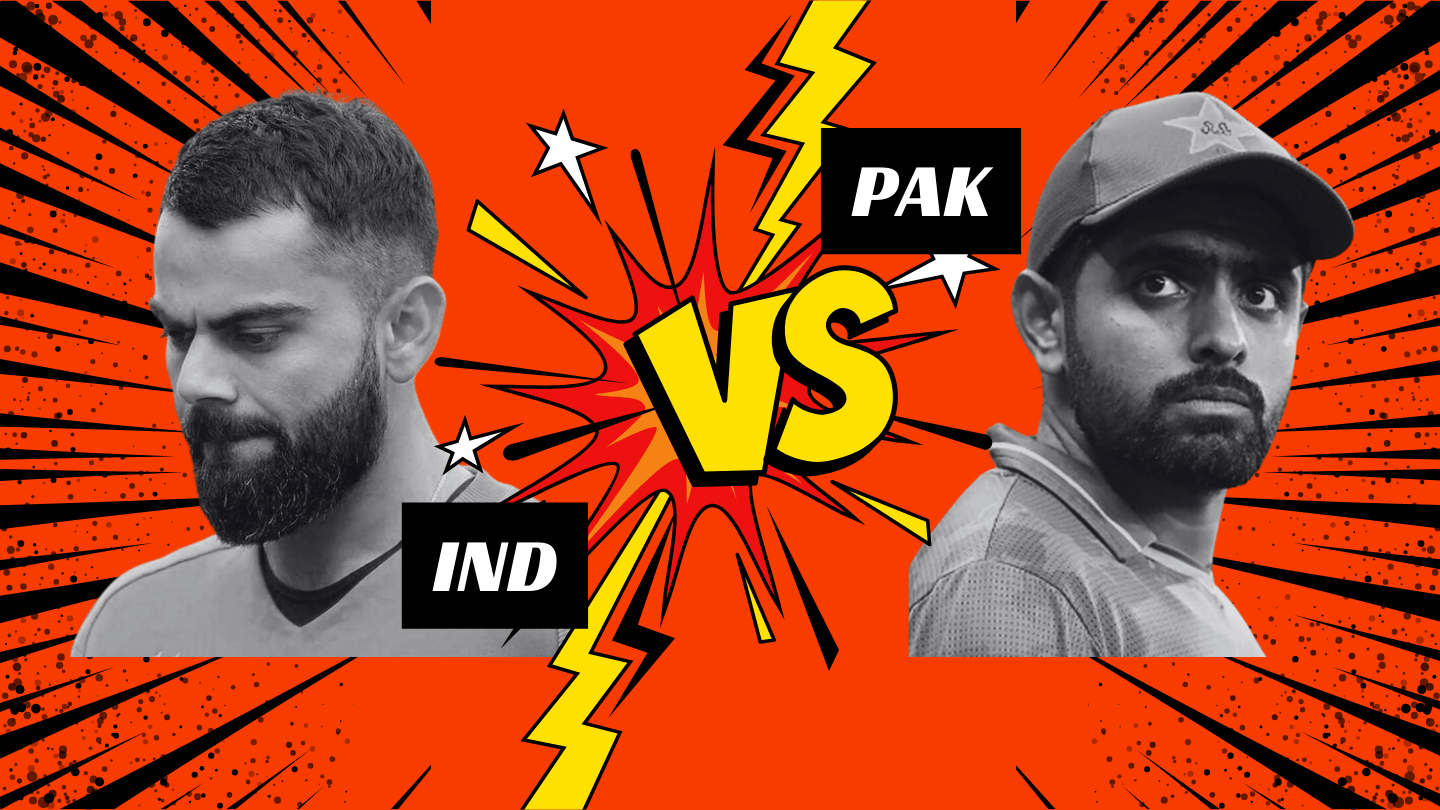What is Dead Ball in Cricket?
In cricket, the term “dead ball” refers to a specific situation during a match when the ball is considered to be out of play.
This means that no runs can be scored, no wickets can be taken, and the players cannot be dismissed during this period.
Understanding the concept of dead ball is crucial for both players and spectators, as it directly affects the outcome of the game.
When is the Ball Considered Dead?
The ball is deemed dead by the umpire in various situations. One instance is when a bowler completes his delivery but fails to hit the wicket or the batsman does not attempt to hit the ball.
This typically occurs when the batsman wants to leave the ball, indicating to the opposition that they do not intend to play it, resulting in the ball being called dead.
Another situation in which the ball is considered dead is when it hits an object or person on the field that is not part of the match, such as a bird or a piece of equipment. This is done to ensure the safety of the players and maintain the fairness of the game.
There are several situations when a ball can be declared dead:
- After Each Delivery: The ball is generally considered dead after each delivery once all the action from that delivery has ceased.
- Accidental Interruption: If the ball is accidentally deflected by an umpire or another player not involved in the action, it is usually declared dead.
- Injury or Illness: If a player is seriously injured or falls ill, the umpire can declare the ball dead to allow for medical attention.
- Lost Ball: If a ball is lost (for example, if it is hit out of the ground), the umpire can declare it dead.
- Unfair Play: If the umpire considers an act of unfair play has occurred, they can declare the ball dead.
Real-World Analogy
To better comprehend the concept of the dead ball, let’s take an analogy from a real cricket match. Imagine a high-intensity match taking place in a packed stadium.
A fast bowler delivers a thundering bouncer to the batsman, who ducks to avoid getting hit. However, in doing so, the ball ends up hitting a seagull flying across the ground.
As per the rules, the umpire immediately calls a dead ball. This temporary pause in play allows the unfortunate bird to fly away unharmed and ensures the integrity of the game.
Impact of Dead Ball on the Game
The declaration of a dead ball significantly affects the momentum and actions of both teams.
For example, if a batsman hits a powerful shot and it goes for six runs, but the umpire declares a dead ball due to a distraction from the crowd, those points are nullified.
Consequently, the batting team loses out on the opportunity to score runs, and the fielding team escapes without any damage. This rule highlights the importance of maintaining focus and concentration throughout the game.
Conclusion: Dead Ball in Cricket
Understanding the concept of dead ball is vital in cricket, as it plays a crucial role in determining the outcome of matches.
The term refers to a situation when the ball is considered out of play, restricting any scoring opportunities or dismissals.
By providing a real-world analogy and highlighting its impact on the game, it becomes clear how this rule strikes a balance between fairness and ensuring player safety in cricket.











